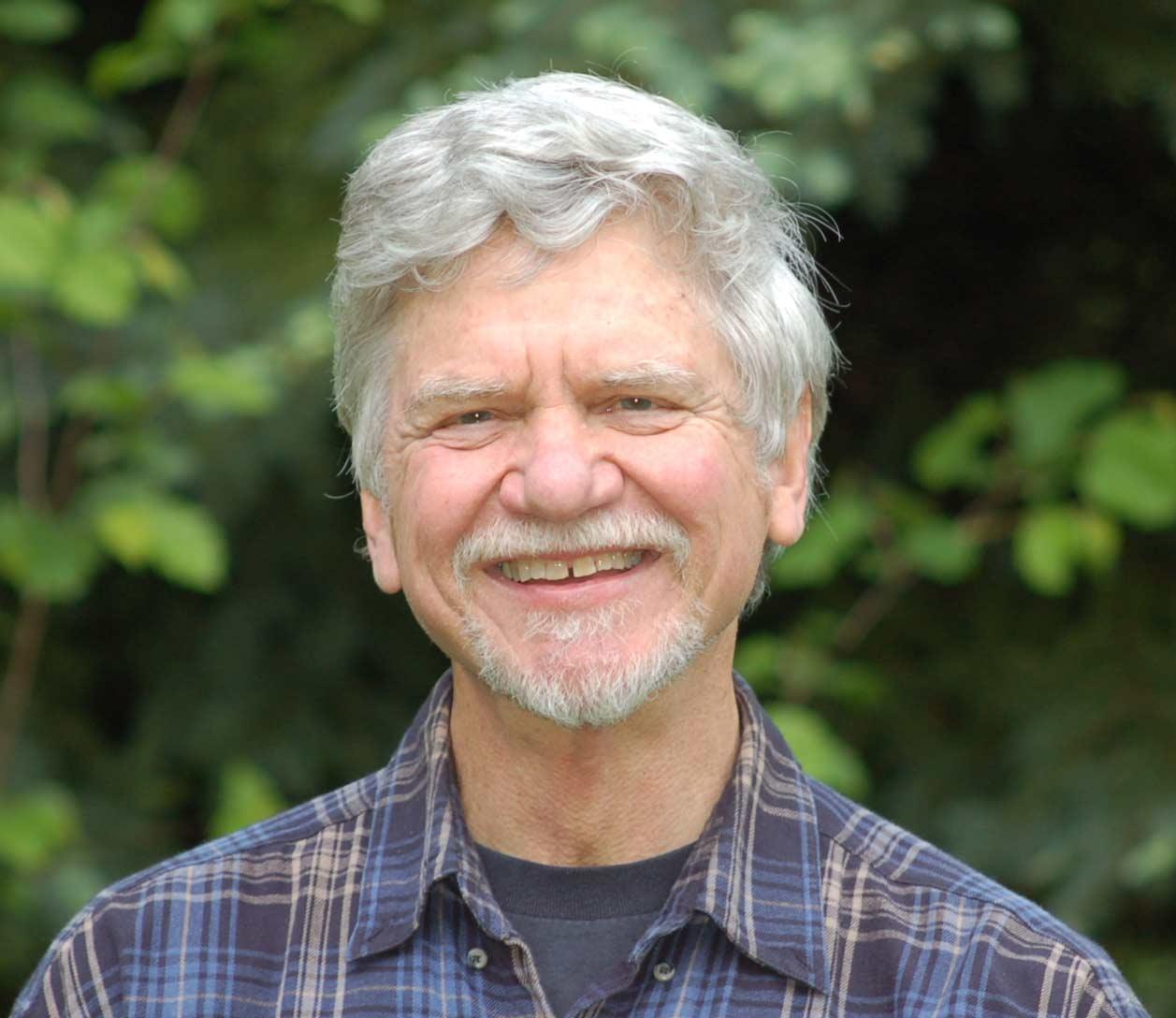
Authored by
CHRIS WILLE
Independent conservationist
Former Chief of Sustainable Agriculture, Rainforest Alliance
Viviana Fernández was a young teenager when Nespresso representatives first began visiting her family’s small coffee farm in the volcanic highlands of Costa Rica. Over the years, she has met many company representatives, agronomists, NGOs, journalists and others interested in how the Nespresso AAA Sustainable Quality™ Program affects farmers. Viviana, who went on to university, is bilingually eloquent about how the farm met AAA requirements, the challenges that all farmers face, and the innovations that make this farm a model of sustainability.
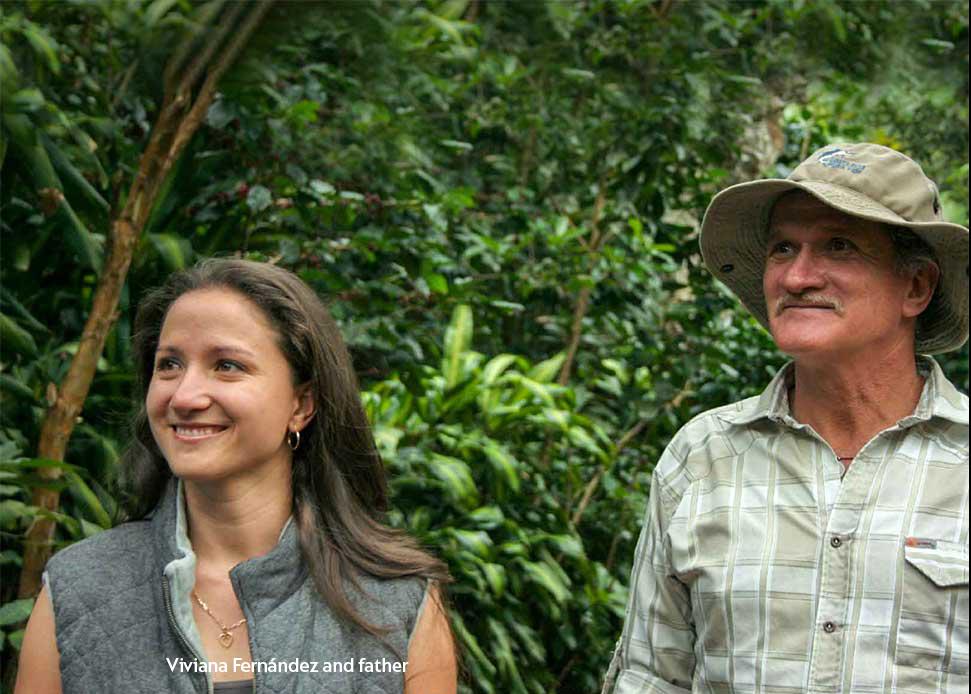
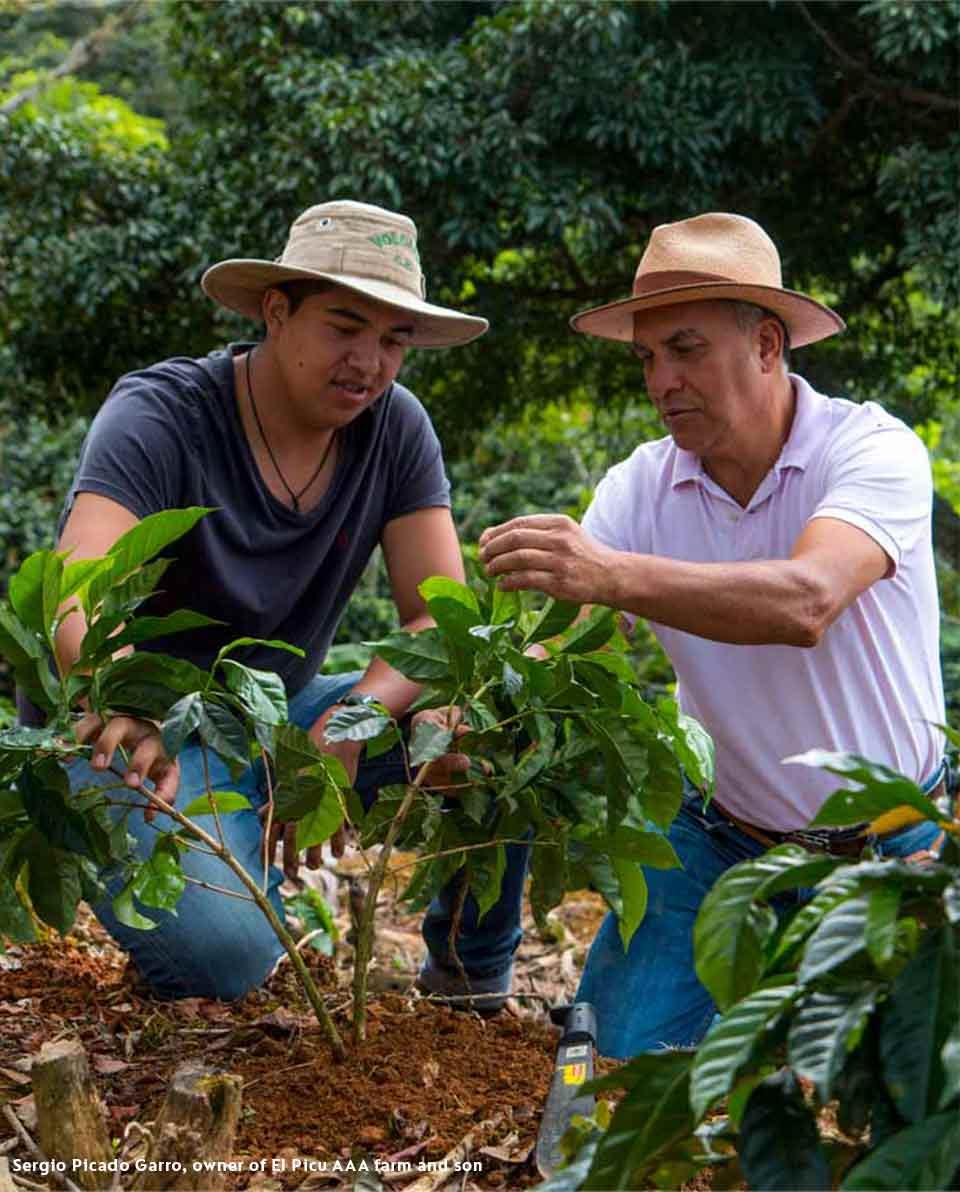
CONCEIVED AS A FARMER SUPPORT PLATFORM
The AAA Program was conceived as a farmer support platform, providing growers with ideas and techniques gleaned from experience on thousands of similar farms. AAA farmers receive training in farm-management practices, and information from the latest research in subjects such as biocontrol of pests, soil management and building resilience to climate change. While farmers learn from AAA, the program’s managers and field staff are the real students in this dynamic. They learn about the grit, grace and determination needed to feed a family by growing coffee, the value of tradition fused with science, and the hopes and aspirations of farmers and their children. Even the AAA agronomists – over 600 of them from predominantly farming families – learn something new every time they visit a farm. Viviana, like the children of the over 157,000 AAA farmers, has grown up with the AAA Program.

A CONSIDERABLE CHALLENGE
When the Rainforest Alliance and Nespresso teams first met in 2002, only the most forward-thinking companies understood the depth and breadth of the challenge of maintaining supplies of green beans in a future made uncertain by climate change, the always erratic economics of coffee farming, declining productivity, new pests and diseases, and the difficulty in convincing young people like Viviana to stay on the farm, resisting the lure of the city.
Nespresso CEO at the time, Gerhard Berssenbruegge, and his staff knew that their insistence for only buying beans of exceptional quality sharply complicated the company’s supply challenge. The Rainforest Alliance knew how to get farmers on the path toward true sustainability, making farms socially responsible, economically viable and eco-friendly. Supporting farm-level sustainability to better ensure future supplies of raw materials is commonplace now, but back then business leaders had to be convinced that there was a “business case” for doing so.
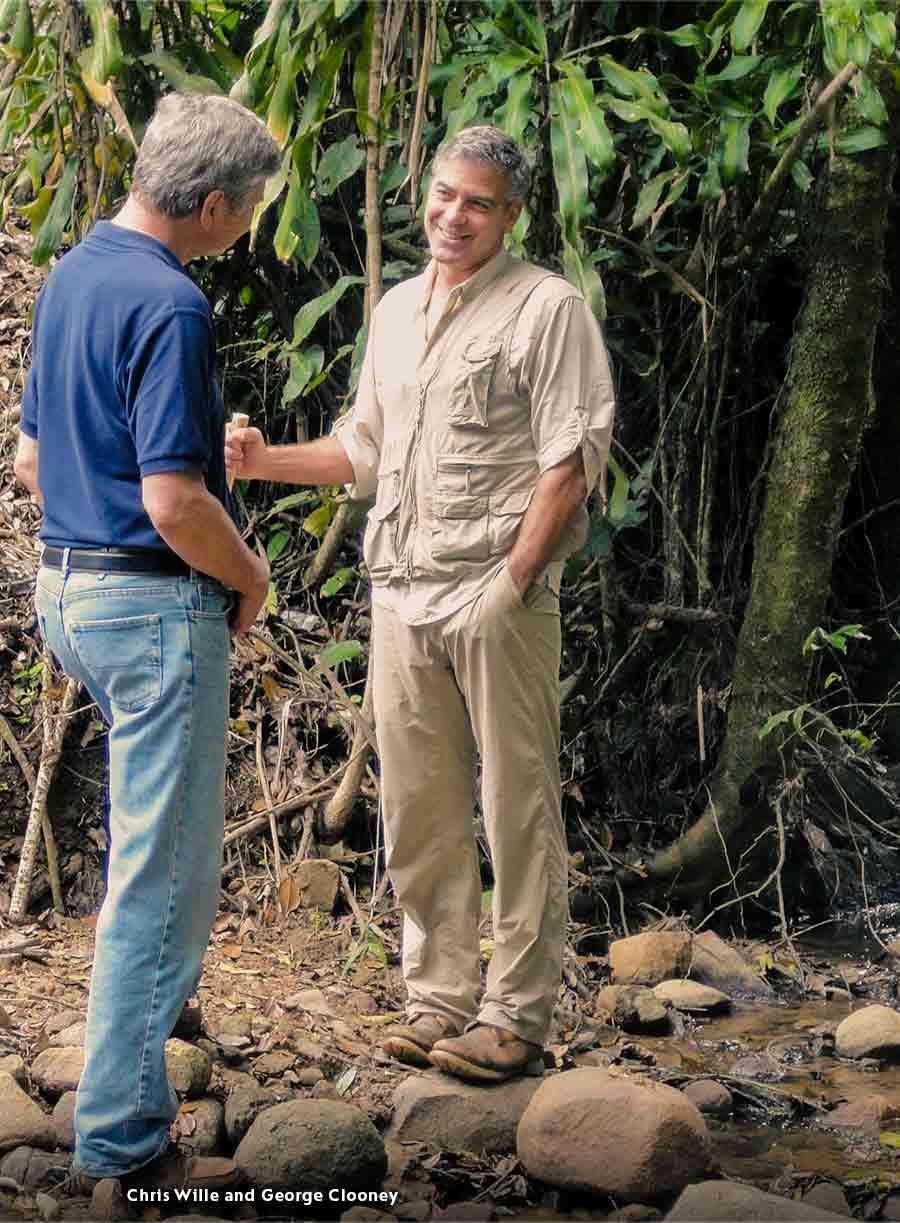
AAA AND THE NOTION OF SUSTAINABLE QUALITY
As a founder of the Sustainable Agriculture Initiative Platform, Hans Jöhr, Nestle’s corporate head of agriculture, was already on board with sustainability. Identifying Nespresso’s supplier farms and getting them on the sustainability track would be a huge task, but Nespresso wanted to also tackle coffee bean quality. The name of the program came from the famous AA Kenyan beans with a third A added for quality. The goal became “sustainable quality.” Orlando Garcia, then head of green coffee buying for Nespresso, remembers that, “we wanted to marry quality, traceability and sustainability.”
Experts from the Rainforest Alliance, Sustainable Agriculture Network (SAN) and Nespresso developed a set of farm management guidelines that mirrored the SAN sustainability standard used by the Rainforest Alliance to certify farms. This Tool for the Assessment of Sustainable Quality was tested on farms in several countries, reviewed, revised and improved. Nespresso committed to sourcing increasing quantities of coffee from farms meeting the TASQ standards.
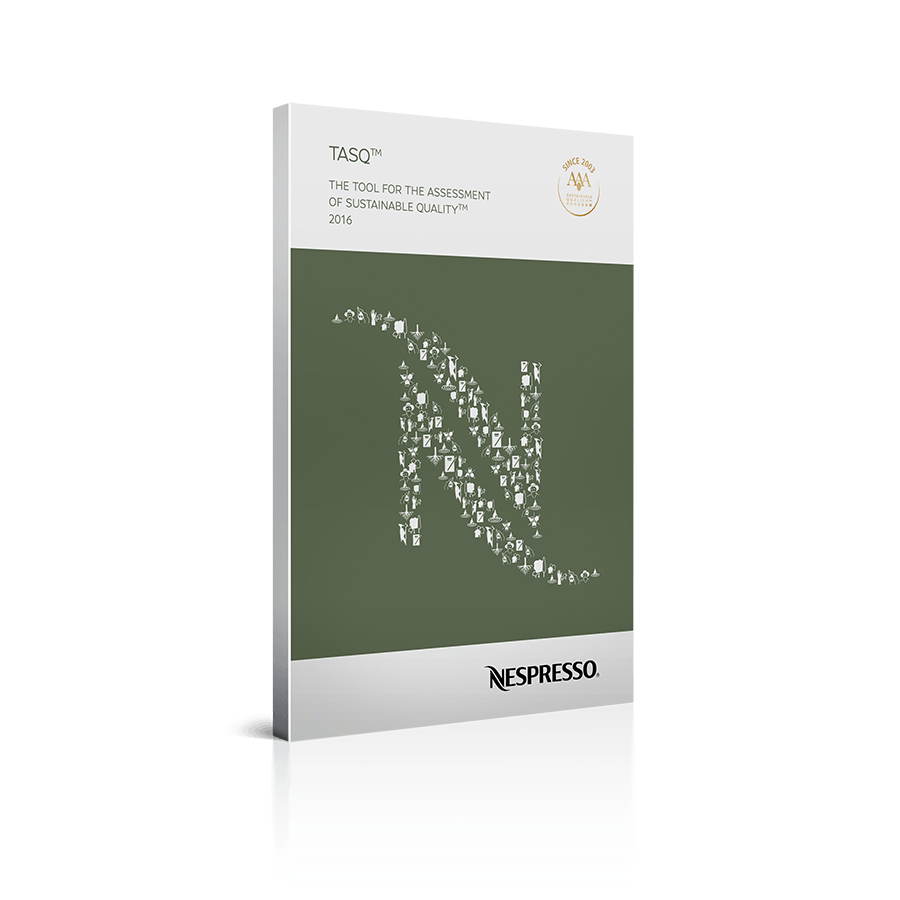
A GAME-CHANGING REVELATION
The theory of change supposed that there would be measurable improvements if farmers implemented the recommended practices. Scientists set performance indicators so that progress toward social, economic and environmental goals could be objectively measured, and independent studies showed positive change in each area. But many coffee farming experts worried that meeting the program’s social and environmental requirement could reduce productivity and perhaps also affect quality. These are the two most important factors in a farm’s economic vitality. As data began accumulating, AAA participants were thrilled to learn that sustainable farm management practices were convincingly conducive to improving productivity and quality.
This was a stunning, game-changing revelation; it’s now clear that everyone – farmers, workers, communities, wildlife, companies and consumers – benefits from taking care of the environment, using natural resources wisely and treating workers with respect and dignity.

20 YEARS AND STILL INNOVATING
The AAA Program continues to evolve as a global laboratory for sustainability, proofing assumptions, testing new concepts, expanding the boundaries. It is demonstrating the importance of agroforestry, making farms resilient and future-proofing them to changes in climate, markets and local socio-environmental conditions. It is proving the power of collaboration: looking beyond the farm to landscapes and the future of farm families.
The AAA Program began with grand ambitions and 20 years on, it is as energetic as any teenager. Founded on the Three Es of Sustainability – Environment, Ethics and Economy – it is adding three Ps: Pride, Prestige and Prosperity. It is making coffee farming cool again, nourishing the next generation of farmers. When Viviana Fernández finishes school, she is going to continue making her family farm a showcase for sustainable quality.
That kind of personal commitment, as much as any data set, is evidence of this creative and enterprising program’s enduring success.
DISCOVER NESPRESSO AAA SUSTAINABLE QUALITY™ PROGRAM
play videoArticle updated in: July 2024

